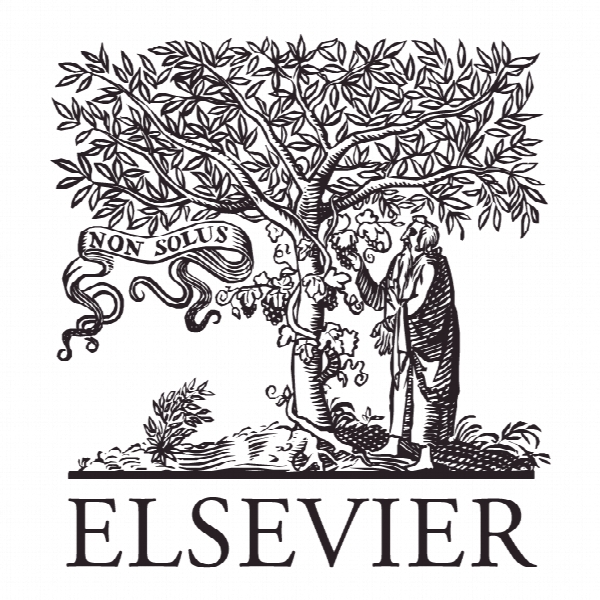اختلالات نوروژنیک و خواب Neurodegenerative Disorders and Sleep
- نوع فایل : کتاب
- زبان : انگلیسی
- ناشر : Elsevier
- چاپ و سال / کشور: 2018
توضیحات
رشته های مرتبط روانشناسی
گرایش های مرتبط روانشناسی بالینی
مجله درمانگاههای پزشکی خواب – Sleep Medicine Clinics
دانشگاه Department of Neurology – Saint Louis University School of Medicine – USA
منتشر شده در نشریه الزویر
کلمات کلیدی انگلیسی Parkinson disease, Alzheimer disease, Dementia, Rapid eye movement sleep behavior disorder, Sleep apnea, Insomnia, Circadian rhythm disorder, Restless legs syndrome
گرایش های مرتبط روانشناسی بالینی
مجله درمانگاههای پزشکی خواب – Sleep Medicine Clinics
دانشگاه Department of Neurology – Saint Louis University School of Medicine – USA
منتشر شده در نشریه الزویر
کلمات کلیدی انگلیسی Parkinson disease, Alzheimer disease, Dementia, Rapid eye movement sleep behavior disorder, Sleep apnea, Insomnia, Circadian rhythm disorder, Restless legs syndrome
Description
INTRODUCTION Cerebral neurodegenerative disorders, such as Parkinson disease (PD) and dementia, are increasing in prevalence as the population ages. These disorders are characterized by neuronal cell loss and abnormal accumulation of protein in cells of the brain. Symptoms, such as tremor, muscle rigidity, imbalance, and impaired cognition, progressively worsen with time. Not only are there challenges in managing the primary symptoms of these conditions, but many of these patients also suffer from sleep complaints, such as insomnia or hypersomnia. Others may suffer from abnormal movements during sleep, known as rapid eye movement (REM) sleep behavior disorder (RBD). This disorder may be dangerous and disruptive to sleep, and can sometimes precede the development of other symptoms of neurodegenerative disorders by years or even decades. High rates of sleep disorders, such as insomnia, hypersomnia, sleep apnea, restless legs syndrome (RLS), and circadian rhythm disorders, in older adults with neurodegenerative disorders are likely caused by the underlying symptoms of the disease along with damage to sleep-controlling regions of the brain. It is important to recognize and properly manage these sleep disorders because treatment may improve symptoms of the neurodegenerative condition and improve quality of life. PARKINSON DISEASE AND OTHER SYNUCLEINOPATHIES PD is a progressive neurodegenerative condition that causes motor symptoms of bradykinesia, shuffling gait, tremor, and rigidity. It is the second most common neurodegenerative condition affecting more than 1% of the population older than 60 years of age.1 Patients commonly present with postural instability and falls. The pathologic hallmark of PD is Lewy bodies, which are intraneuronal a-synuclein inclusions. Lewy bodies first involve lower brainstem areas before spreading next to the substantia nigra and eventually areas throughout the brain. Motor symptoms of PD typically respond well to dopamine therapy early in the course of the disease. There are a variety of nonmotor symptoms of PD, including autonomic, olfactory, and mood dysfunction, and poor sleep. Sleep disorders are seen in most patients with PD.2 The most common sleep disorders are insomnia, periodic limb movement disorder, sleep-disordered breathing, and RBD. In addition to PD, other synucleinopathies (which are central nervous system degenerative conditions caused by abnormal a-synuclein accumulation) include Lewy body dementia and multiple system atrophy, which are also associated with high rates of the same sleep disorders typically seen in patients with PD.


